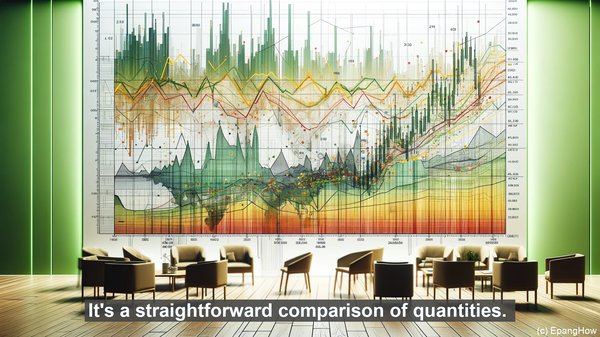Introduction: The Foundation of Trade
Hello everyone! Today, we’re delving into the world of international trade, where countries exchange goods and services. At the core of this complex system lie two fundamental concepts: absolute advantage and comparative advantage. While they may sound similar, they have distinct implications and applications. So, let’s explore their differences and understand their significance!

Absolute Advantage: A Matter of Efficiency
Imagine a scenario where Country A can produce 100 cars in a day, while Country B can only produce 50. Here, Country A possesses an absolute advantage in car production. It simply outperforms Country B in terms of sheer output. Absolute advantage is all about being more efficient and productive in a particular activity or industry. It’s a straightforward comparison of quantities.
Comparative Advantage: The Opportunity Cost Perspective
Now, let’s shift our focus to comparative advantage. It’s a more nuanced concept that takes into account opportunity cost. Opportunity cost refers to the potential loss of benefit when choosing one option over another. In the context of international trade, it’s about evaluating what a country gives up to produce a particular good or service. So, even if Country A has an absolute advantage in both car and computer production, it might still specialize in the latter if the opportunity cost is lower. By doing so, it can gain more from trade.
The Role of Resources and Factors of Production
To understand comparative advantage better, we need to consider resources and factors of production. These can be broadly categorized into land, labor, capital, and entrepreneurship. Each country has its unique combination of these resources, which influences its comparative advantage. For instance, a country with vast agricultural land and a skilled labor force might have a comparative advantage in producing agricultural goods. On the other hand, a country with advanced technology and financial resources might excel in the production of high-tech goods.

Trade and the Principle of Mutual Benefit
One of the key takeaways from the concept of comparative advantage is the principle of mutual benefit. When countries specialize in producing goods or services they have a comparative advantage in, and then engage in trade, both parties can gain. This is because they can acquire the goods or services they lack, or those that would be costlier to produce domestically. In essence, trade allows countries to tap into a global pool of resources and expertise, leading to overall economic growth and welfare.
Real-World Examples: Applying the Concepts
Let’s look at some real-world examples to see how these concepts play out. Consider the case of oil-rich countries. Despite having the resources and potential for self-sufficiency, many of these countries import a range of goods and services. This is because their comparative advantage lies in oil production, and by exporting it, they can generate significant revenue. In return, they import goods they might not be able to produce efficiently. This interdependence is a result of comparative advantage at work.
